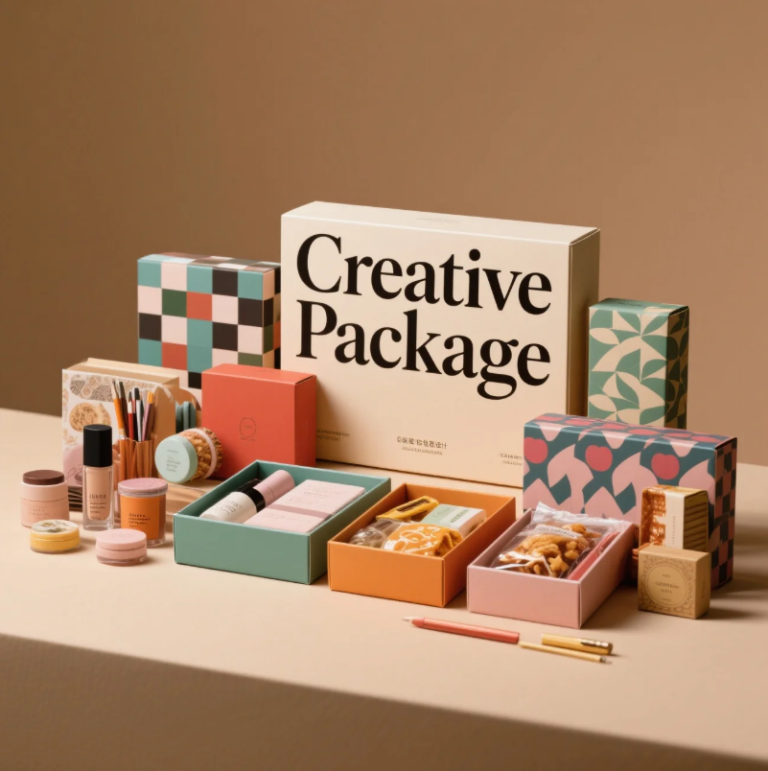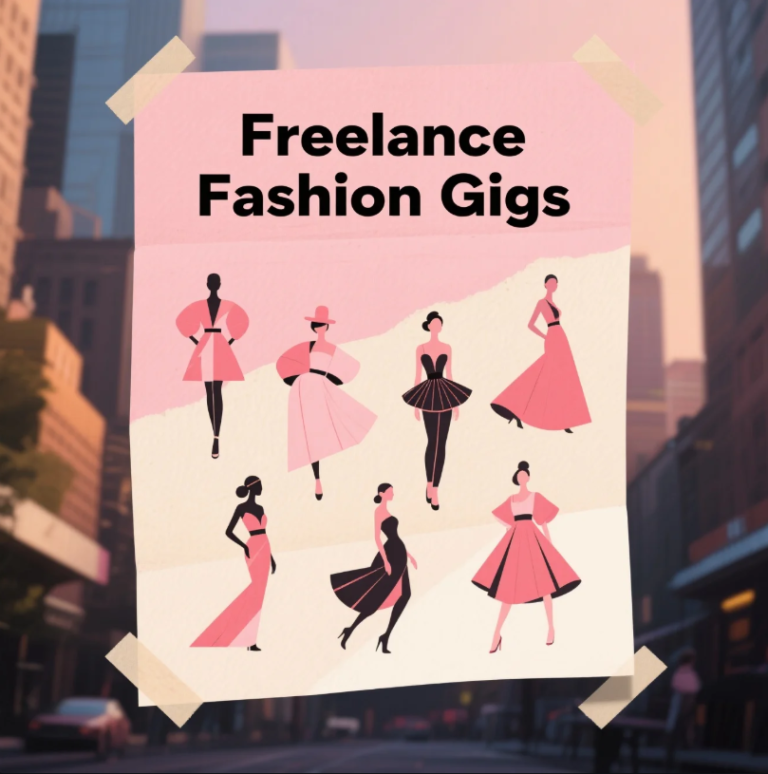
The Rise of Freelance Fashion 💼✨
The fashion industry is evolving faster than ever, and so is the way talent contributes to it. Enter the era of freelance fashion gigs—a booming trend that blends creativity, flexibility, and digital entrepreneurship. Whether you’re a stylist, photographer, content creator, writer, or designer, there’s a growing market for independent fashion professionals who want to build their brand on their own terms.
In this article, we’ll break down how to find, land, and excel at freelance fashion gigs. From building your portfolio to navigating clients and pricing, this guide is your backstage pass to fashion freedom.
Chapter 1: Why Freelance Fashion is the Future 🚀
The traditional 9-to-5 fashion job is slowly being replaced—or complemented—by remote, project-based opportunities. Here’s why freelance gigs are taking center stage:
- Global demand for content: Brands are launching new campaigns monthly, often outsourcing to freelancers.
- Social media explosion: Influencer culture has created a need for stylists, content planners, and visual storytellers.
- Digital-first retail: E-commerce and fashion tech require constant design, writing, and UX talent.
- Budget-savvy brands: Startups and indie labels rely on freelance professionals to scale creatively without full-time hires.
Freelancing offers flexibility, independence, and the ability to shape your career trajectory.
Chapter 2: The Hottest Freelance Gigs in Fashion Right Now 🔥
Here are the most in-demand roles in freelance fashion:
- Fashion Content Creator: Think styling reels, TikToks, and blog posts.
- Product Photographer: E-commerce brands are always hunting for visually engaging product imagery.
- Fashion Copywriter: Writing lookbook descriptions, brand bios, email campaigns, and SEO-optimized blog content.
- Social Media Manager: Creating and scheduling fashion content calendars for brands and influencers.
- Freelance Stylist: Styling for shoots, editorials, personal clients, or even virtual sessions.
- Trend Analyst: Consulting for brands by predicting what’s next in style.
- Fashion Illustrator or Graphic Designer: Designing logos, mood boards, or digital fashion sketches.
Chapter 3: Building a Killer Portfolio That Gets You Hired 📸
Your portfolio is your passport into the fashion gig economy. Here’s how to create a portfolio that slays:
- Curate, don’t clutter: Showcase your best work, not all your work.
- Niche it down: Are you a minimalist stylist? A Gen Z copywriter? Make your niche clear.
- Use visuals smartly: Before-and-after shots, behind-the-scenes images, and styled flat lays add flair.
- Link it up: Use platforms like Behance, Adobe Portfolio, Instagram, or your own website.
Pro tip: Turn mock projects or personal shoots into professional-level pieces to showcase your style.
Chapter 4: Where to Find Freelance Fashion Gigs 💻
Skip the endless Googling—here are some legit ways to find freelance work:
- Freelance platforms: Upwork, Fiverr, Contra, The Dots, and Freelancer.com.
- Industry-specific sites: Business of Fashion Careers, Fashion Workie, and Malakye.
- LinkedIn: Regularly updated with freelance opportunities. Use keywords like “freelance fashion” or “remote stylist.”
- Social Media: Follow fashion editors, influencers, and brands that post gig opportunities in their stories.
- Cold pitching: Create a compelling pitch and slide into email inboxes with a link to your portfolio.
Chapter 5: Pitching, Pricing, and Protecting Your Work 💌💸
Pitching Like a Pro:
- Keep it brief but brilliant.
- Mention specific value you bring (“I specialize in streetwear styling for Gen Z campaigns”).
- Include your best 2-3 portfolio links.
- Tailor each pitch—avoid copy-paste!
Pricing:
- Research industry rates.
- Charge per project or day, not by the hour.
- Factor in taxes, software, and revision rounds.
Protection:
- Use contracts for every job.
- Ask for deposits (30%-50%) before starting.
- Retain copyright unless you’re paid to transfer it.
Chapter 6: Staying Relevant and Building Your Brand 📱🌟
In the fashion freelance world, your personal brand is everything. Here’s how to keep your name hot:
- Post regularly on social: Share behind-the-scenes, finished work, and client testimonials.
- Collaborate: Partner with photographers, makeup artists, or other creatives to build your network.
- Attend virtual events: Fashion webinars, Instagram Lives, and Clubhouse chats can lead to gigs.
- Keep learning: Stay on top of design software, TikTok trends, or SEO writing tips.
Chapter 7: Real Talk—Challenges & How to Overcome Them 🧠💬
Freelance fashion isn’t all fabulous shoots and cute cafes. Here are some real challenges:
- Feast or famine cycles: Plan financially for dry seasons.
- Late payments: Use invoicing software and send polite follow-ups.
- Creative burnout: Take breaks, schedule rest days, and stay inspired.
- Imposter syndrome: Keep a “wins” folder of compliments, successful projects, and positive feedback.
Step into the Spotlight 💃
Freelance fashion gigs are more than a trend—they’re a movement. With the right skills, tools, and mindset, you can carve a niche that blends creativity with income, flexibility with recognition. The gig economy is your runway—walk it with confidence.
So grab your laptop, curate your looks, and hit send on that pitch email. The fashion world is waiting. 💌👠



